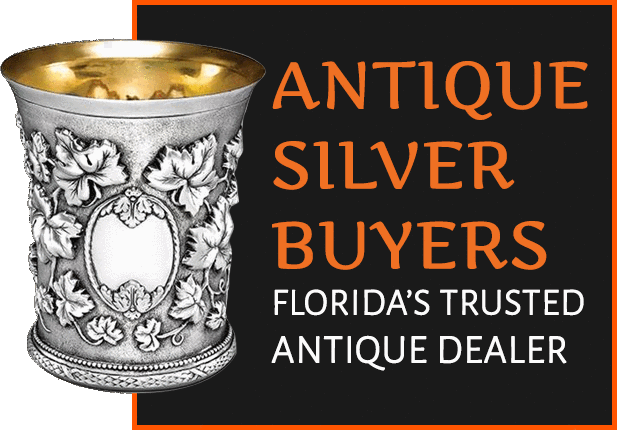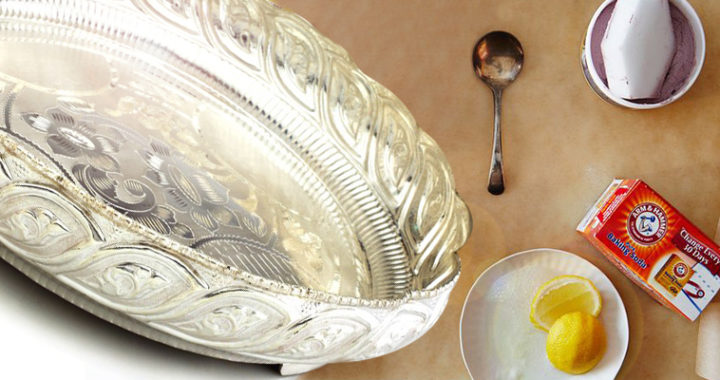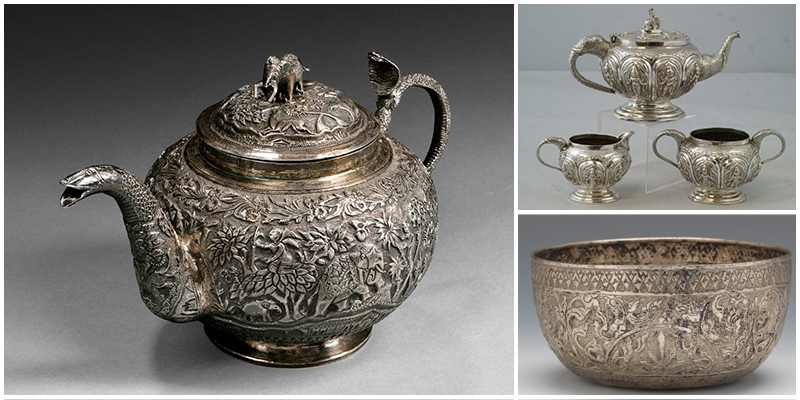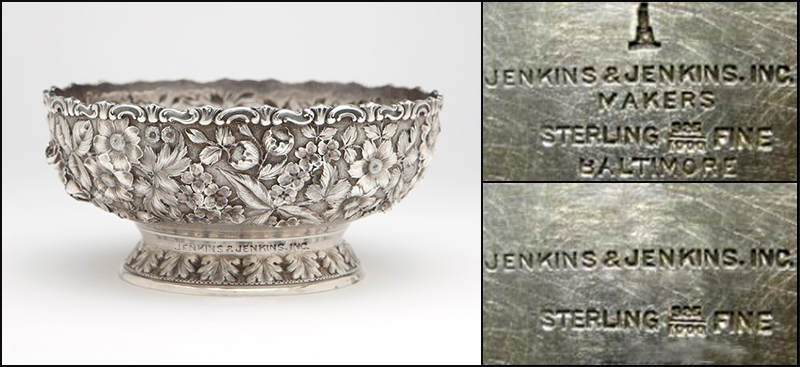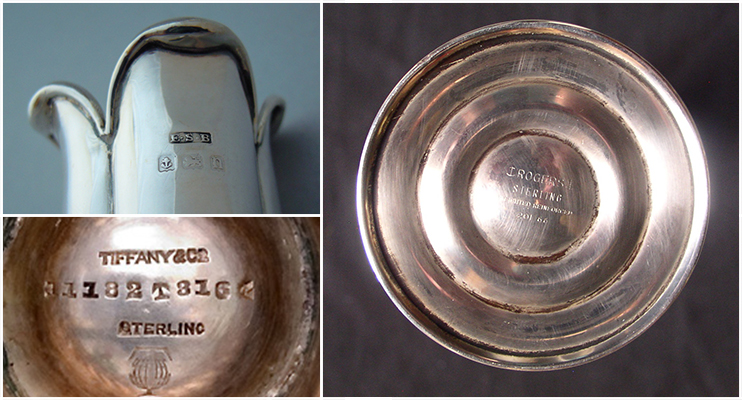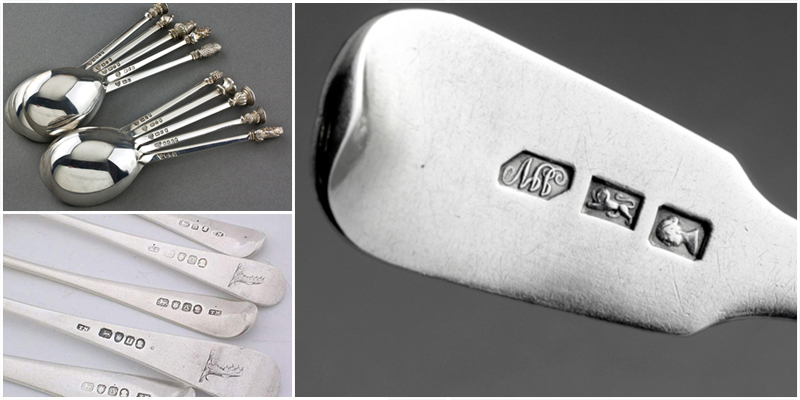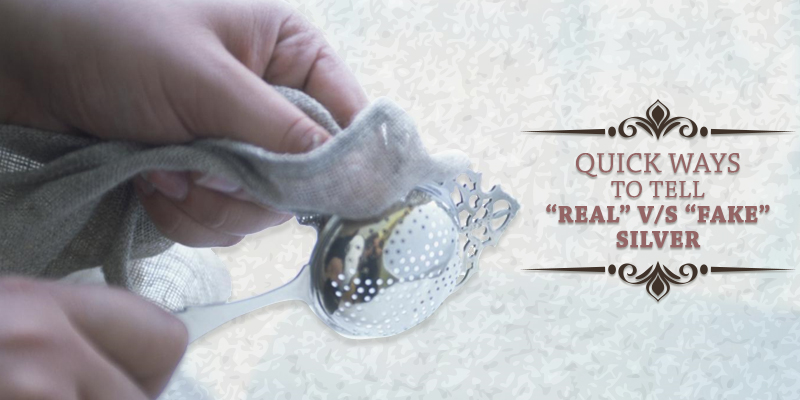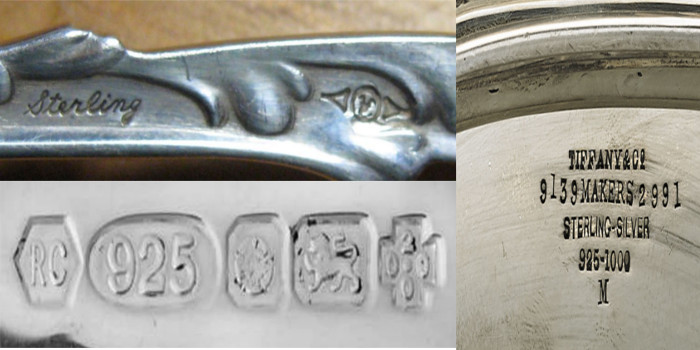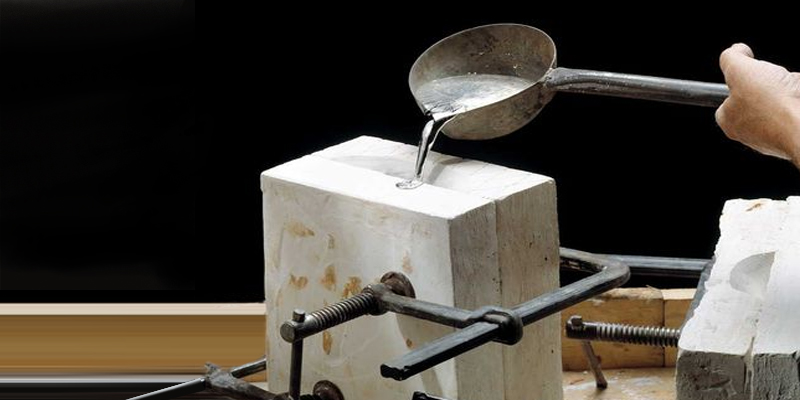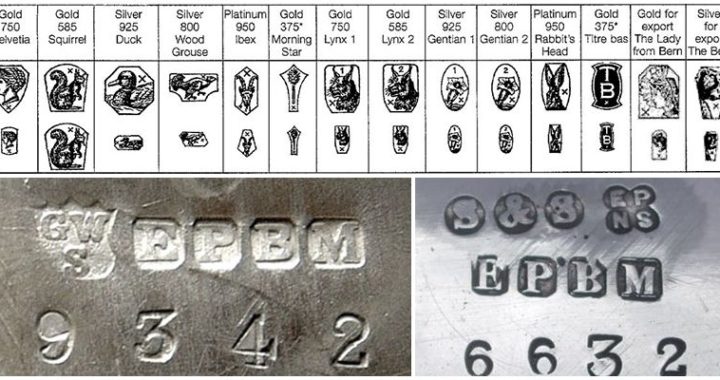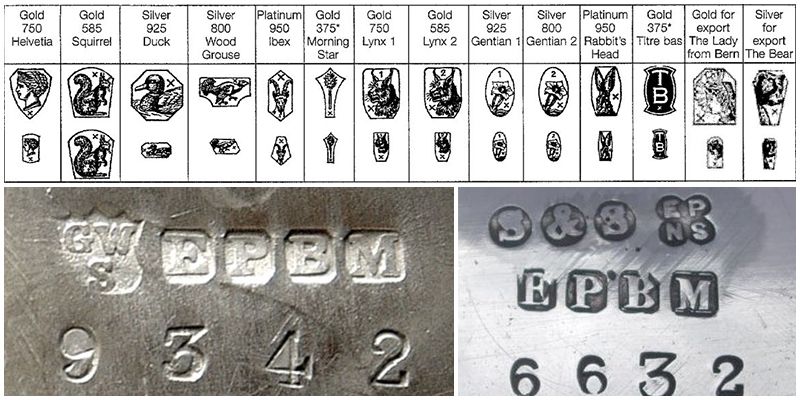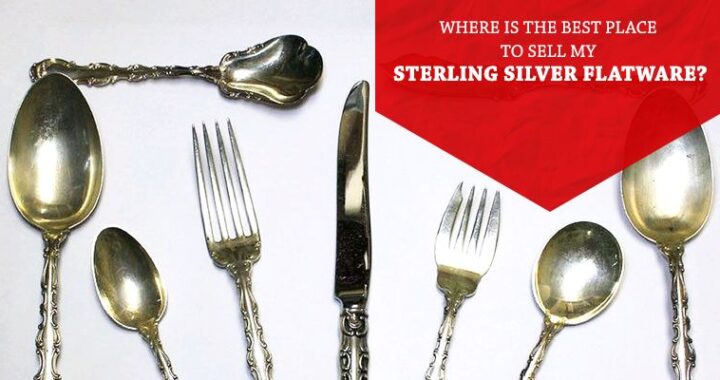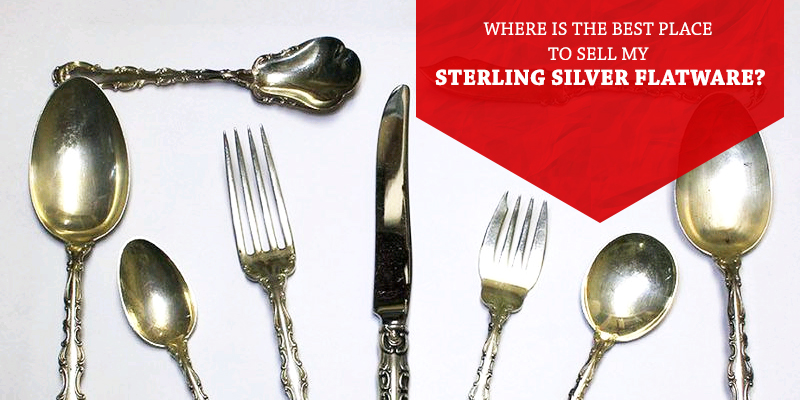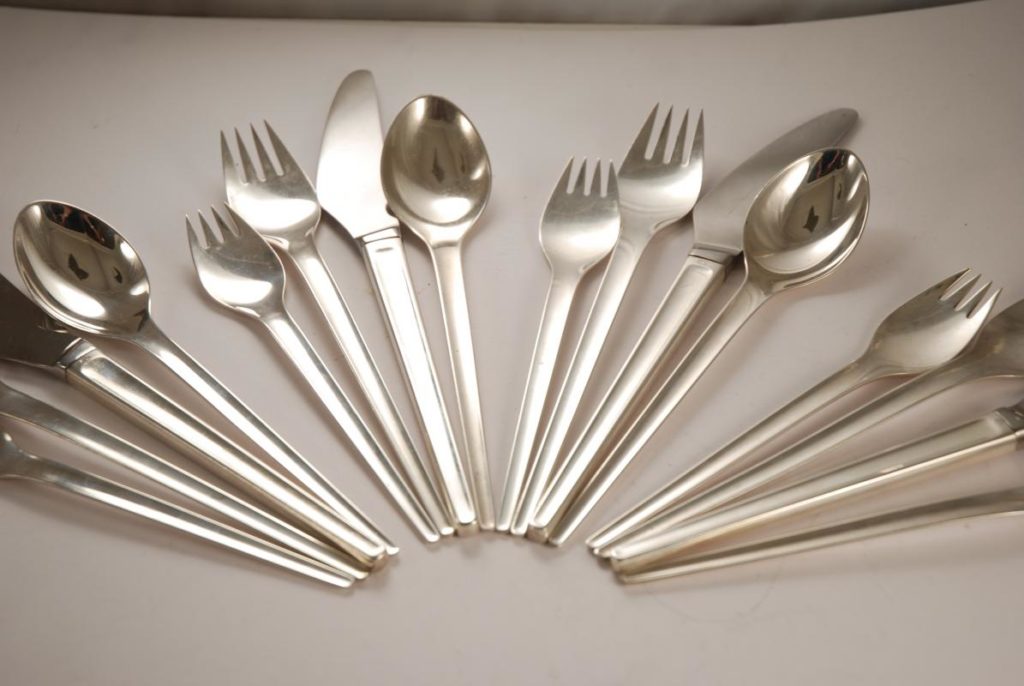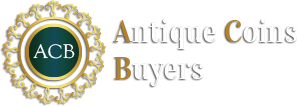Do you have a silver antique that has seen better days and needs to be cleaned? Are you looking for a way to polish your antique silverware to give it a shine that you’ll be proud to show off? There are many safe ways that you can clean your silver and antiques, all at an affordable price. If you are interested in the best way to clean silver plate, follow some of these helpful tips.
Silver Plate Cleaning Methods
There are a ton of ways that you can go about cleaning silver plate naturally, which is one of the best ways to clean your antiques without worrying about damage to your pieces:
- Vinegar. If your silverware or silver jewelry has lost its shine, you can soak it in a solution of 2 tbsp. baking soda in ½ cup of white vinegar.
- Lemon. For silver that sparkles and shines, mix one tablespoon of lemon juice with ½ cup instant dry milk and 1 ½ cups of water.
- Corn starch. A mix of water of cornstarch and water can create a paste that will make your silver antiques look like new again. Allow the paste to dry on the silver, and then rub it off with a mildly-abrasive cloth.
- Tomato paste. Dunk small silver pieces into tomato paste and scrub with a toothbrush. You’ll get a thorough cleaning and the silver will sparkle upon completion.
Many of these items are probably already in your pantry, providing you a simple and affordable way to clean your most prized silver possessions.
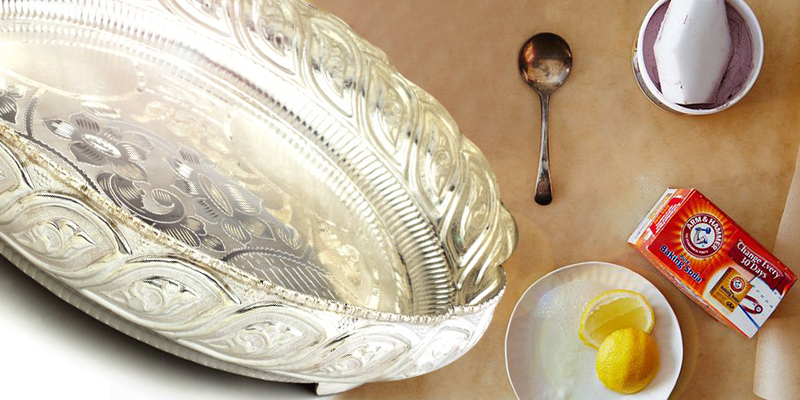
How to Polish Your Silver
After cleaning your silverware, you may want to give it some extra sheen with a good polish. There are a variety of safe silver polishes available for purchase, including Wright’s Silver Polish, Twinkle Silver Polish, and Goddard’s Long Shine Silver Polish. While these products are safe, others, including all-purpose metal cleaners, are too abrasive and may scratch your silver antiques.
After washing and cleaning your silver thoroughly, follow these tips to polish appropriate:
- Apply the polish using the instructions on the container. You should always use a soft and clean cloth and apply the polish with a circular, gentle motion.
- Use hot water to rinse off the polish and dry the piece thoroughly.
- Using a soft cloth, buff the silver to create a soft luster. Remember that aggressive polishing could rub off the hallmark or damage the silver-plating, significantly altering the value.
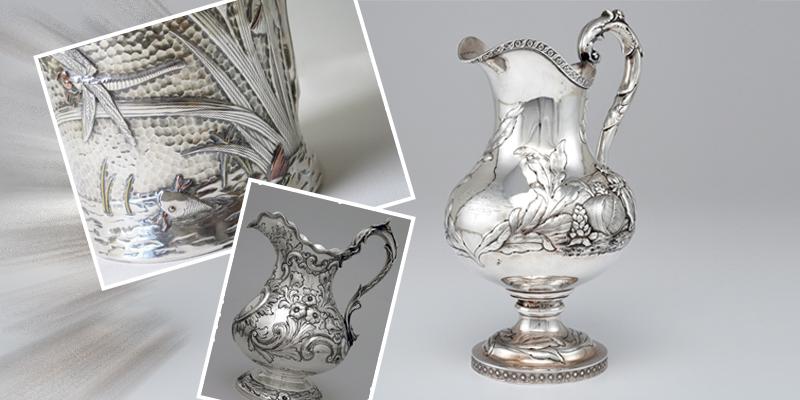
Cleaning your silver and antiques doesn’t have to be an expensive process, but you should be sure to take proper precautions. A clean and well-polished antique will look more valuable and is more likely to sell at an auction or estate sale. If you are interested in selling, bring your antiques in to Antique Silver Buyers, where we will provide a market analysis of your collection – the total that they are likely to sell for at auction.
